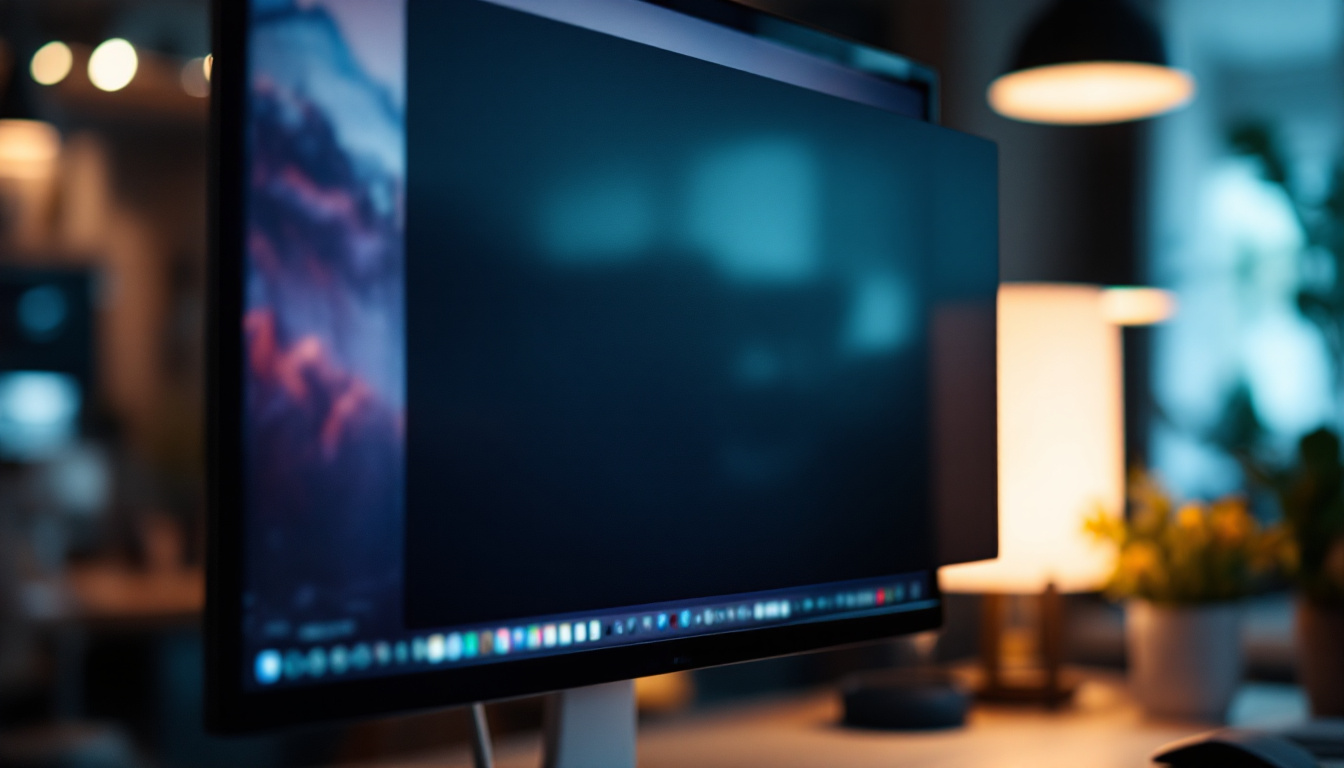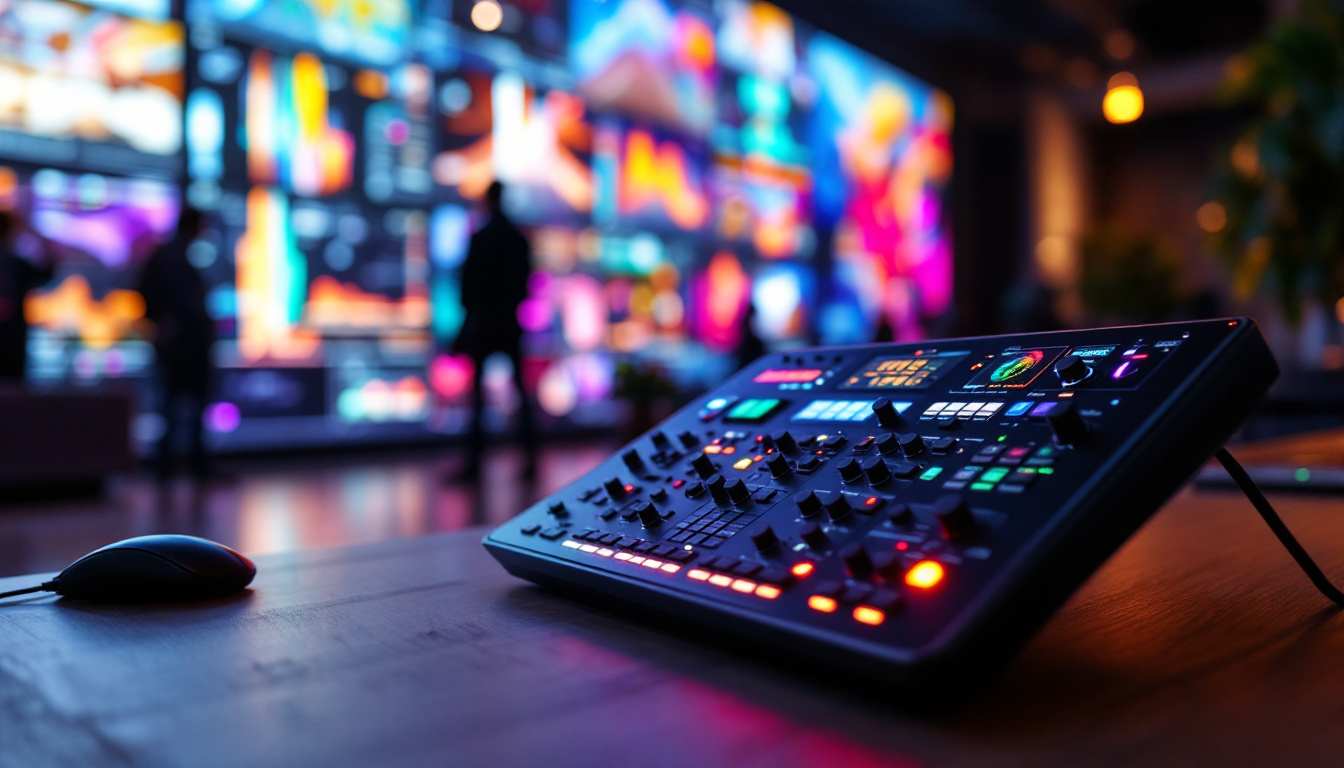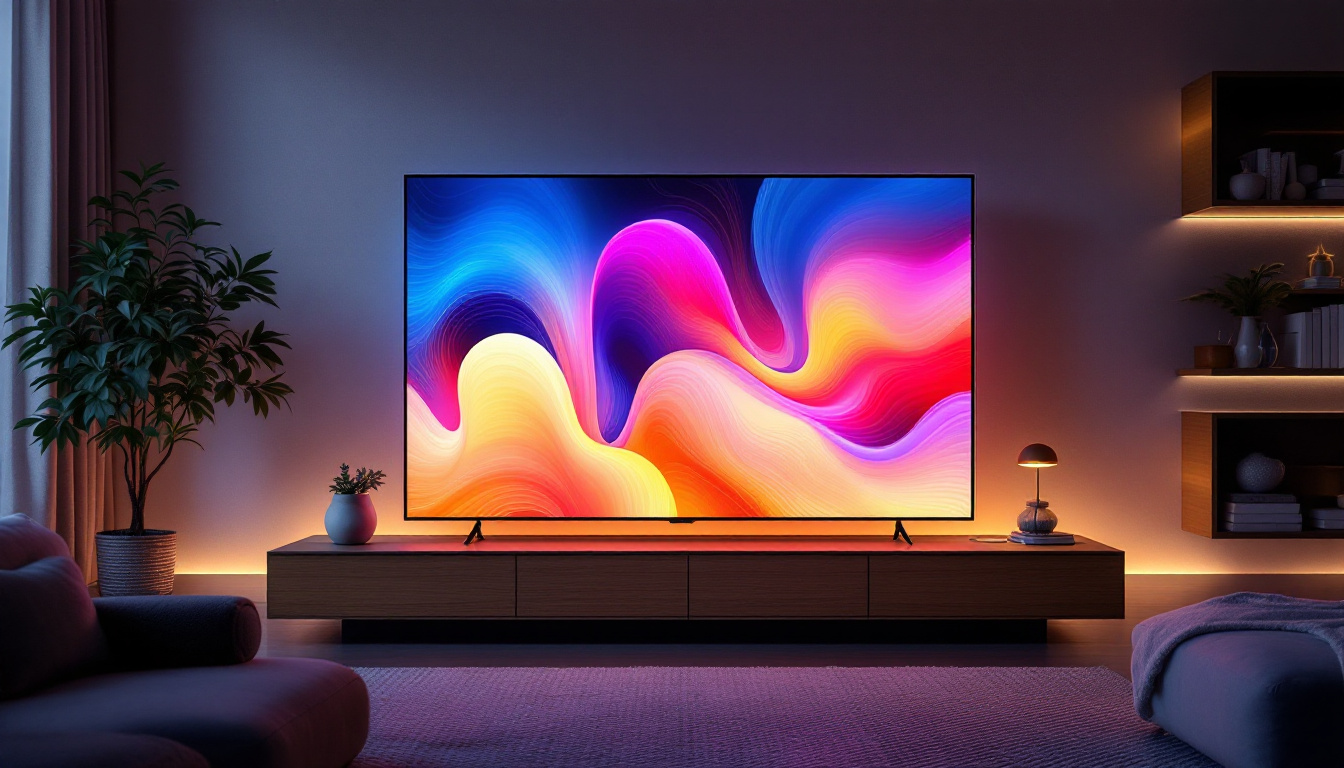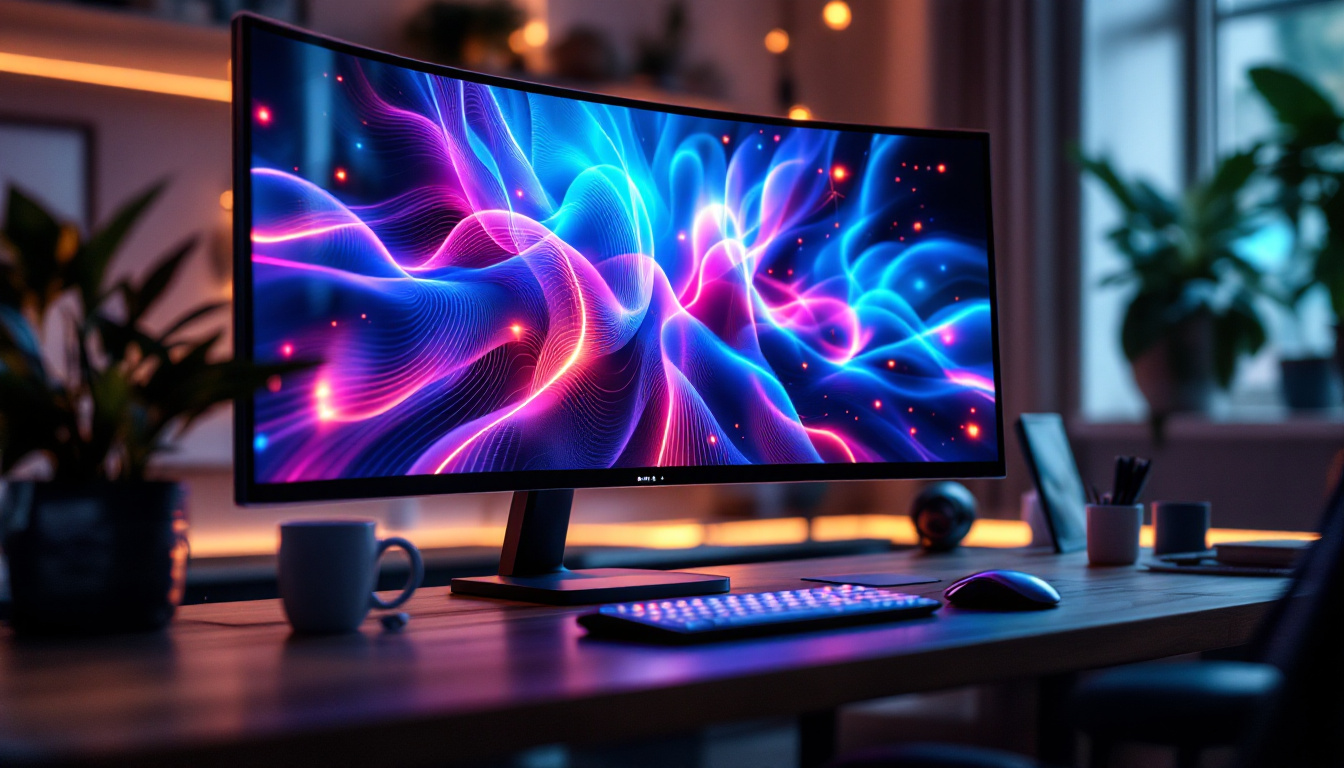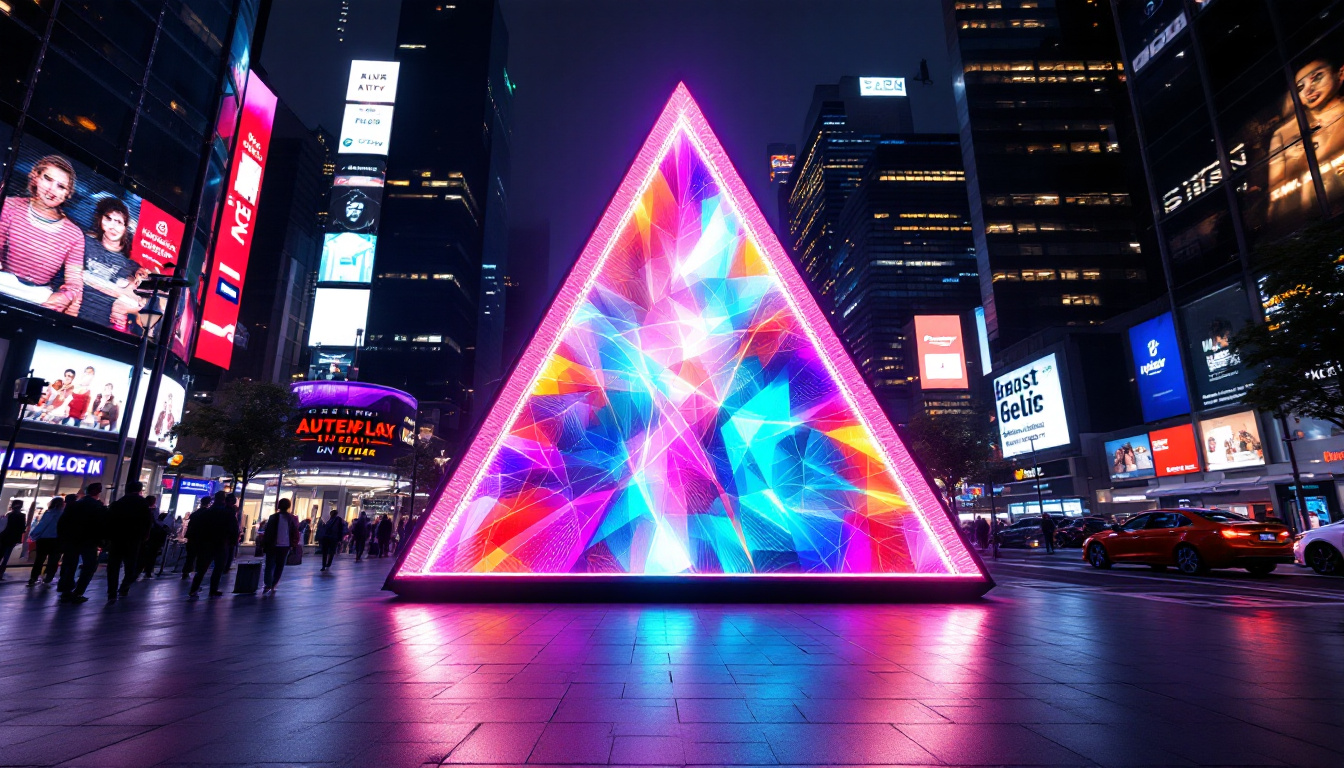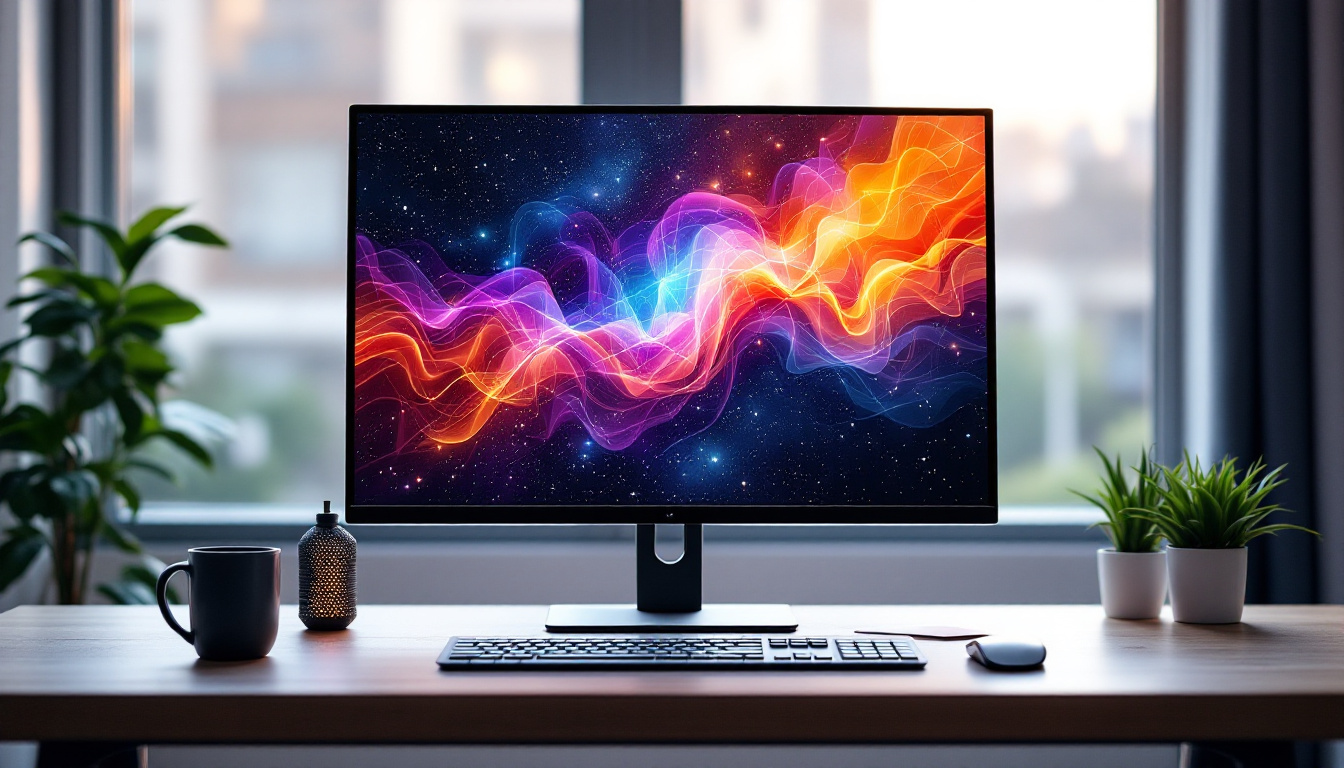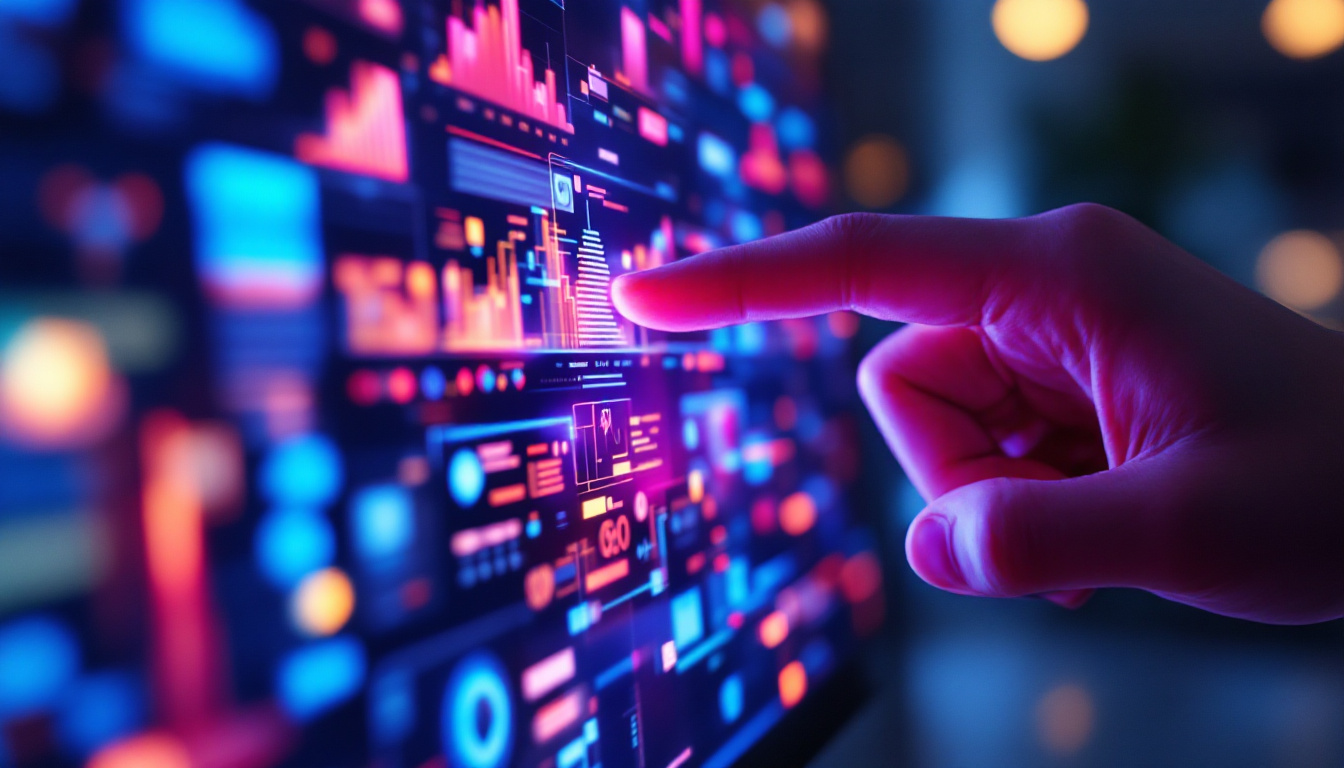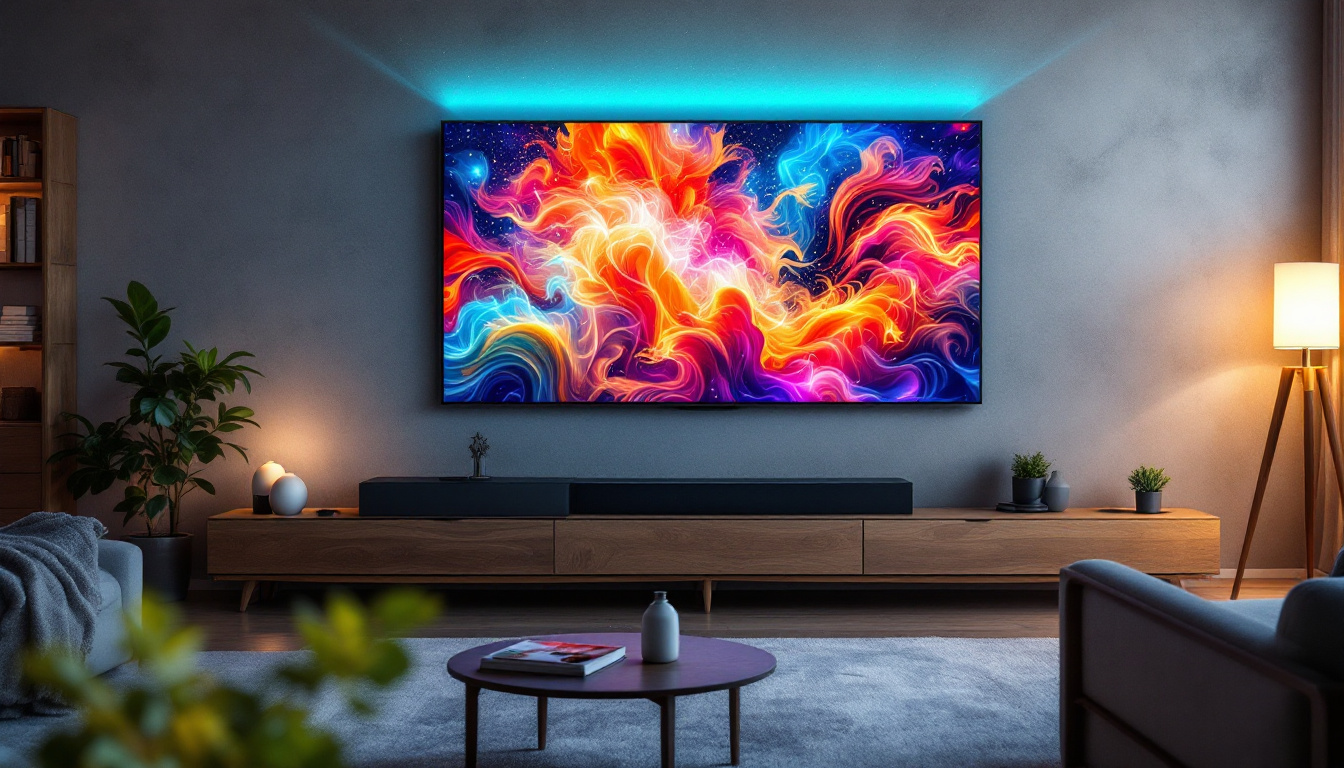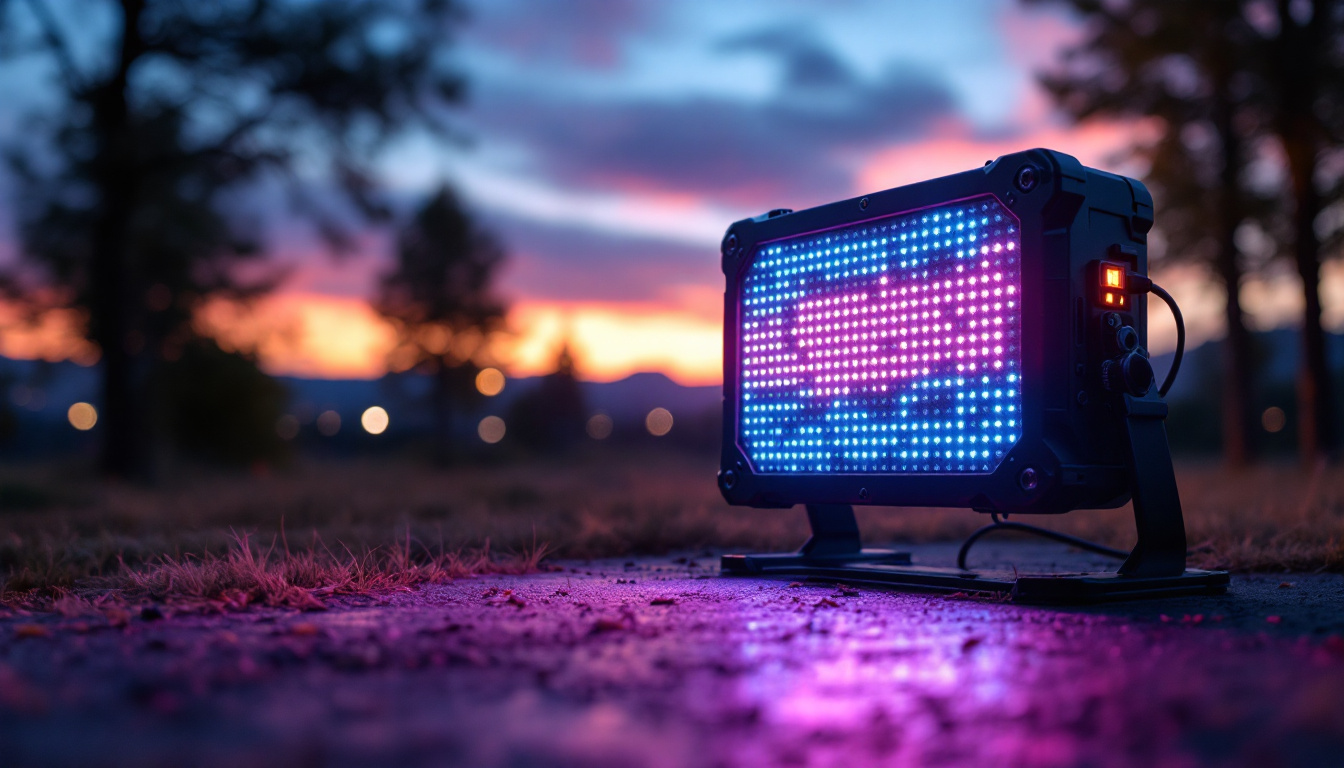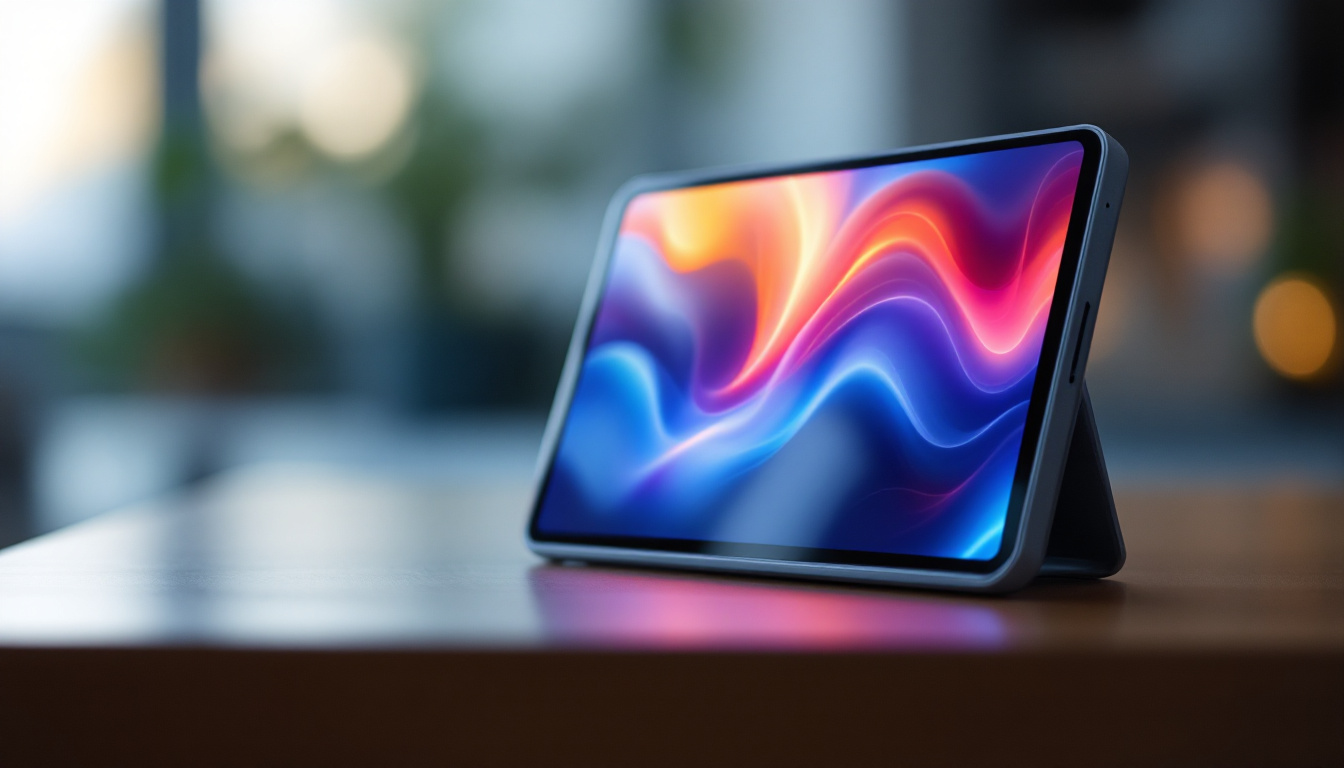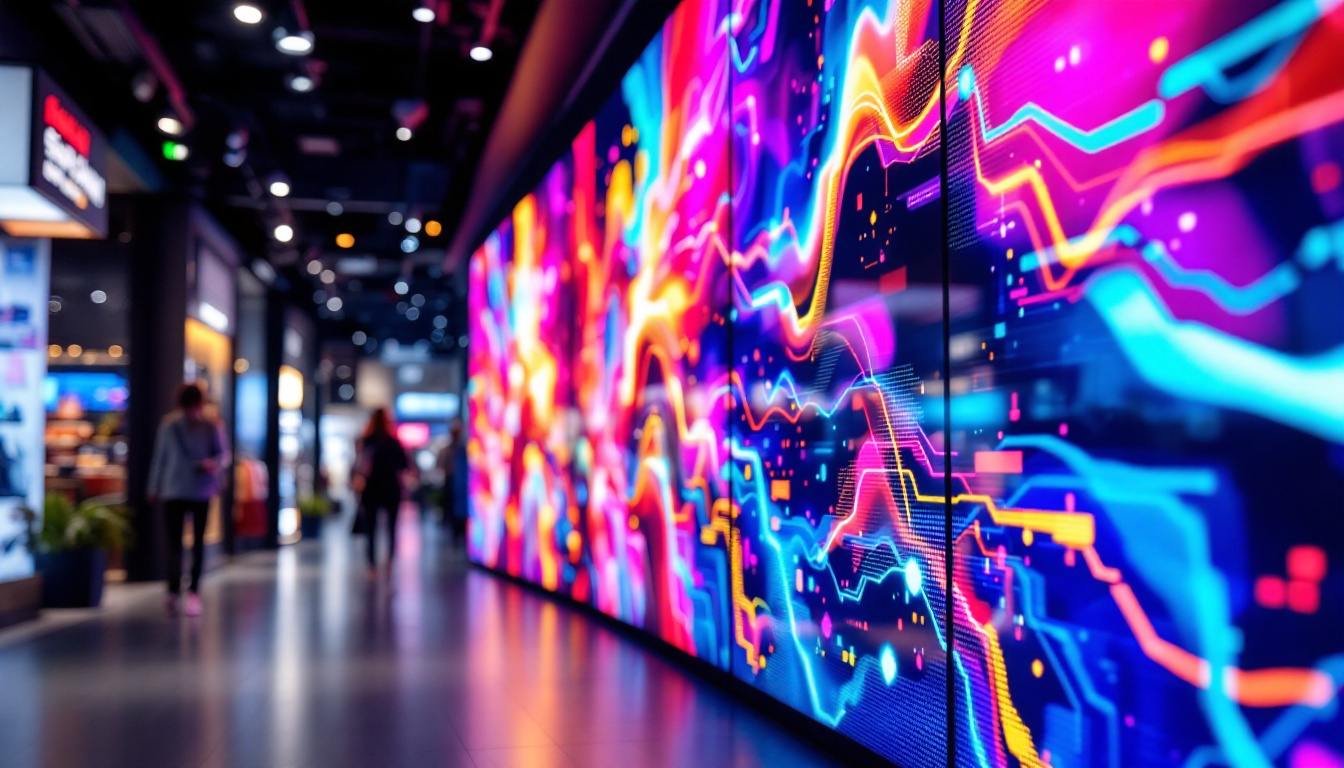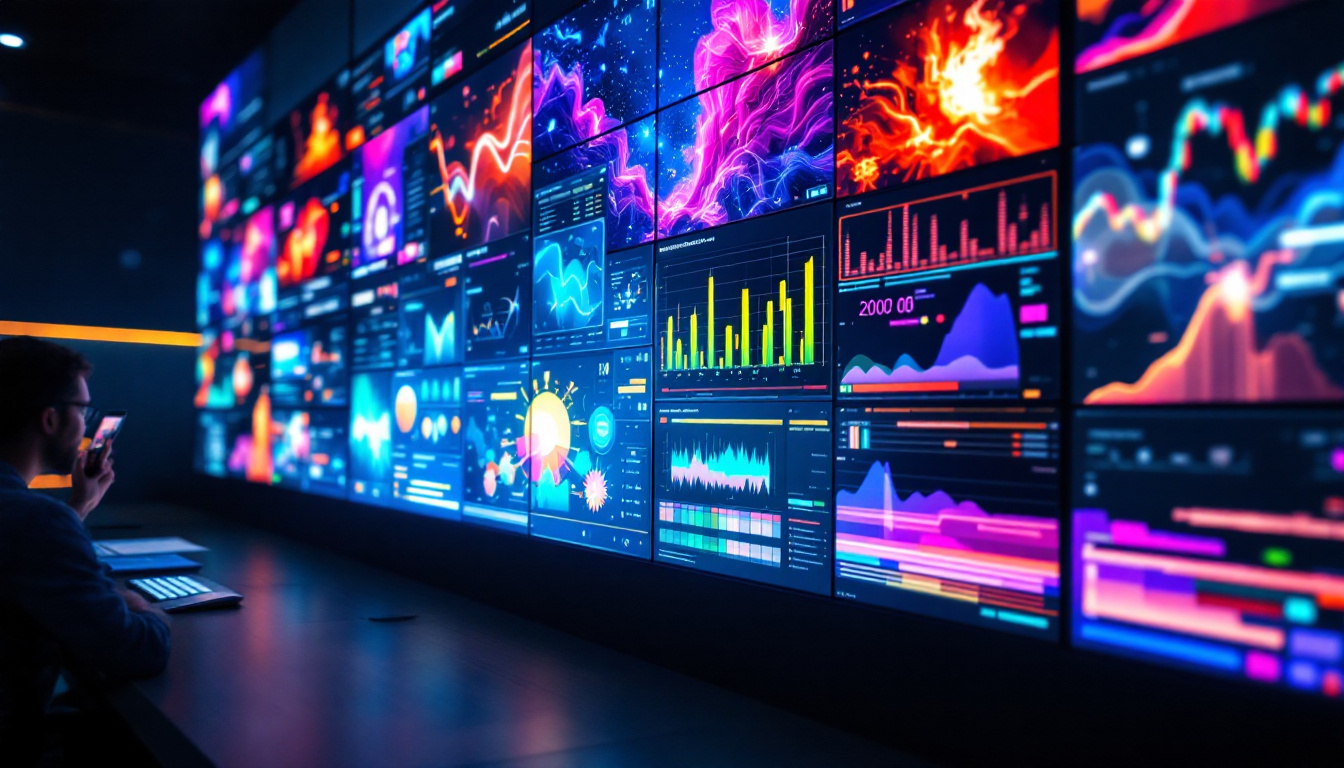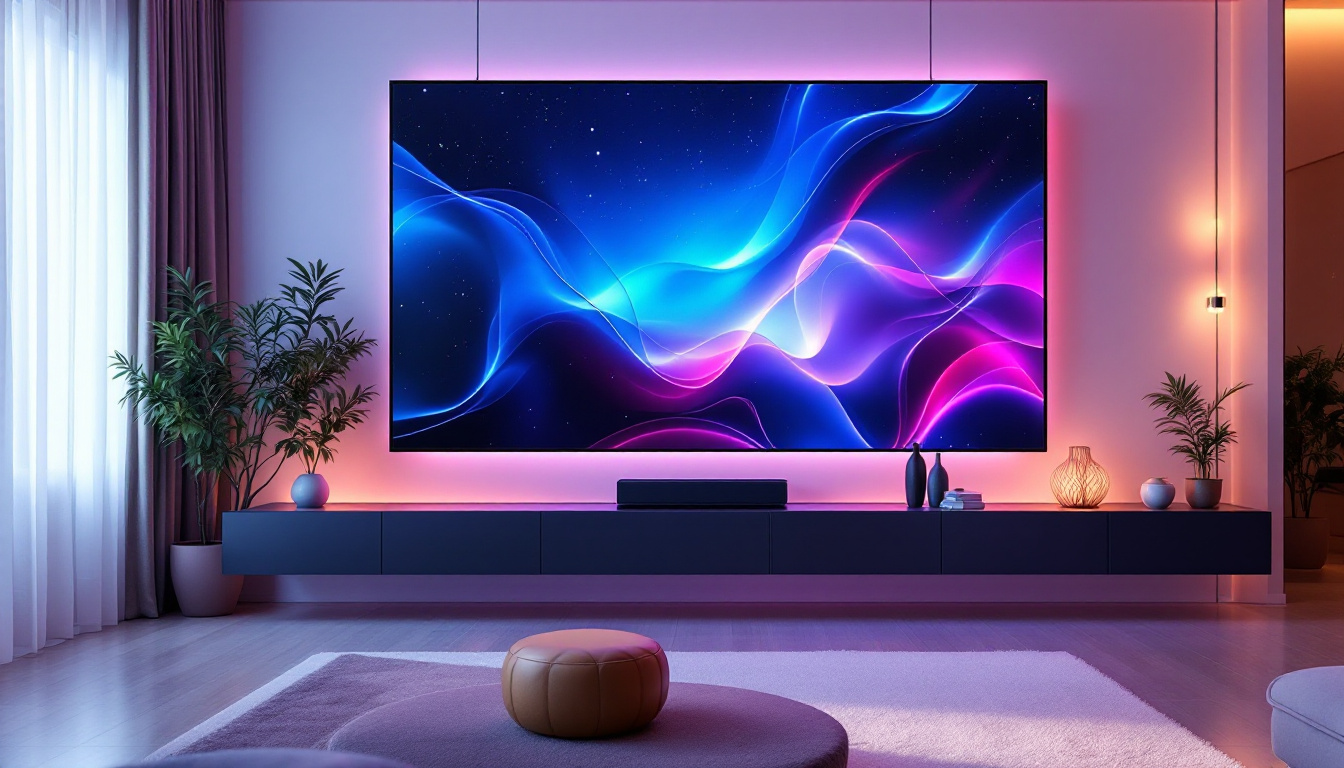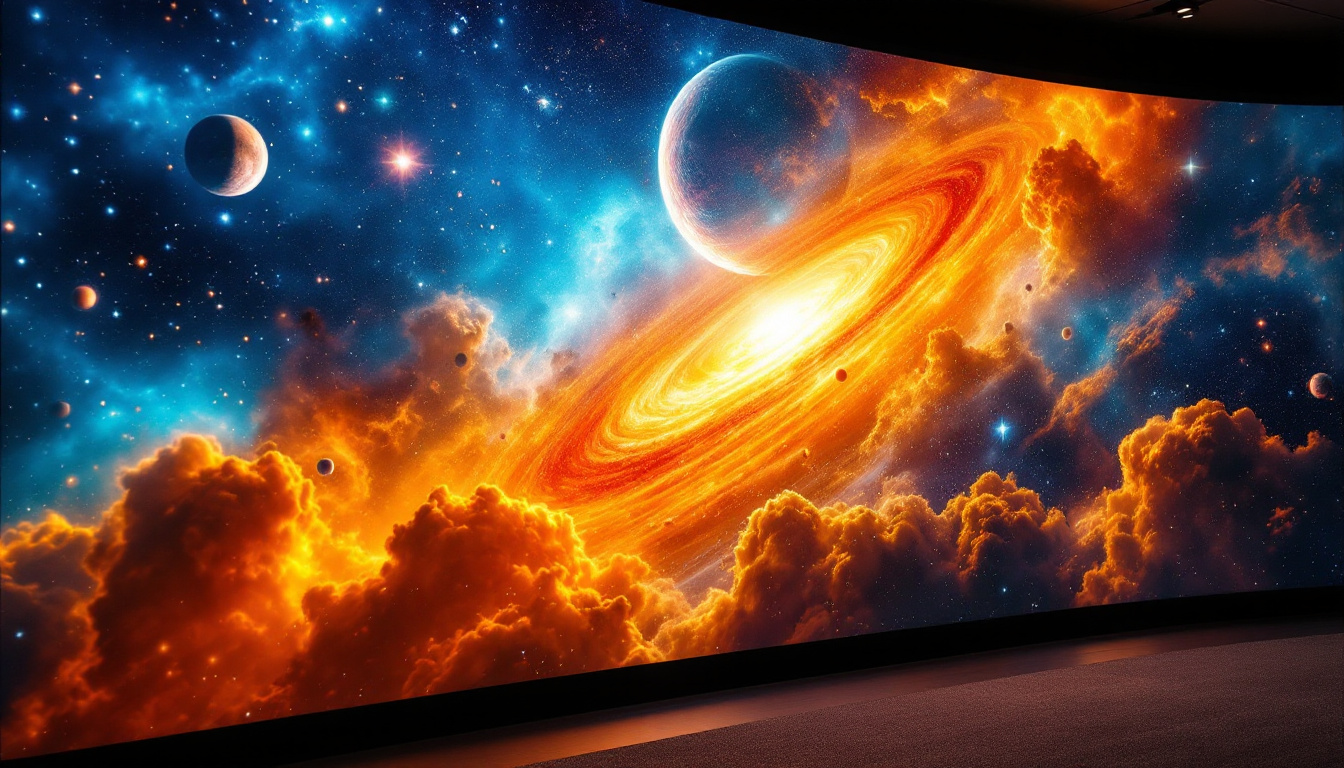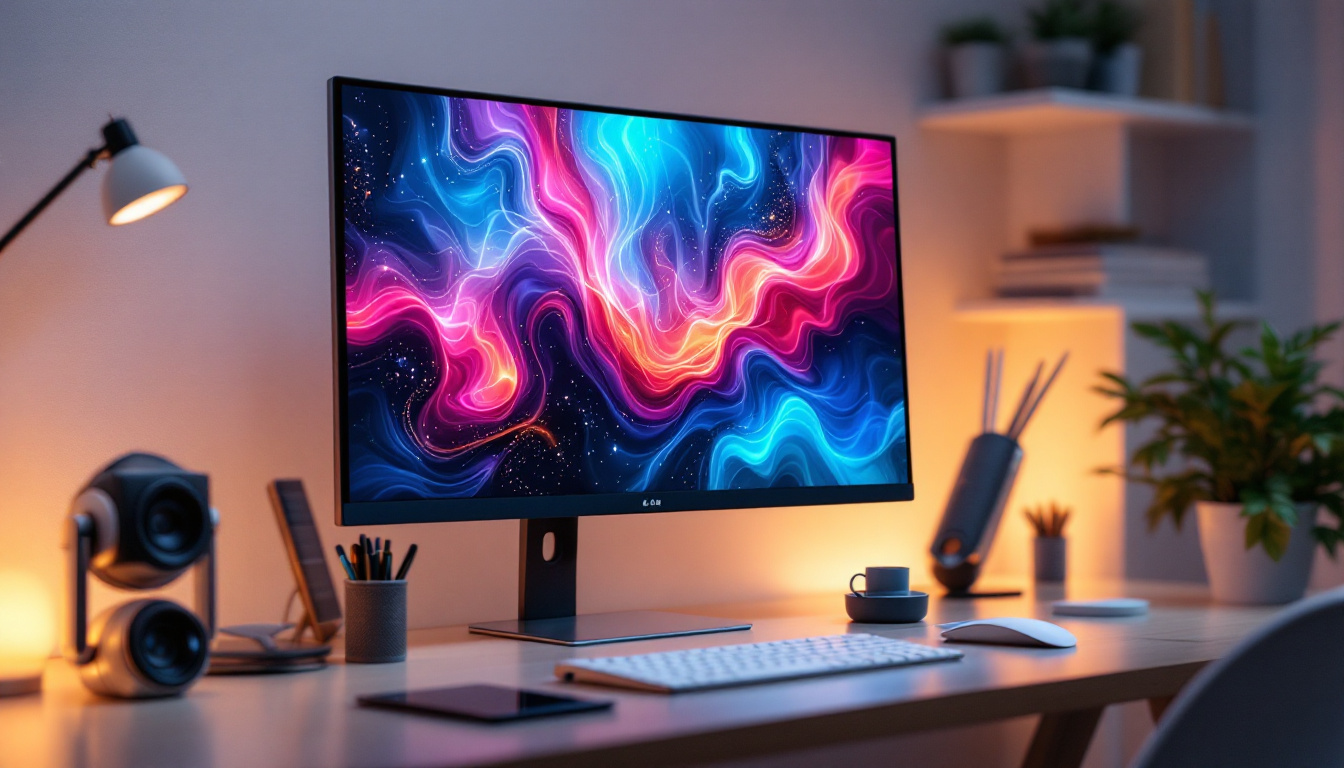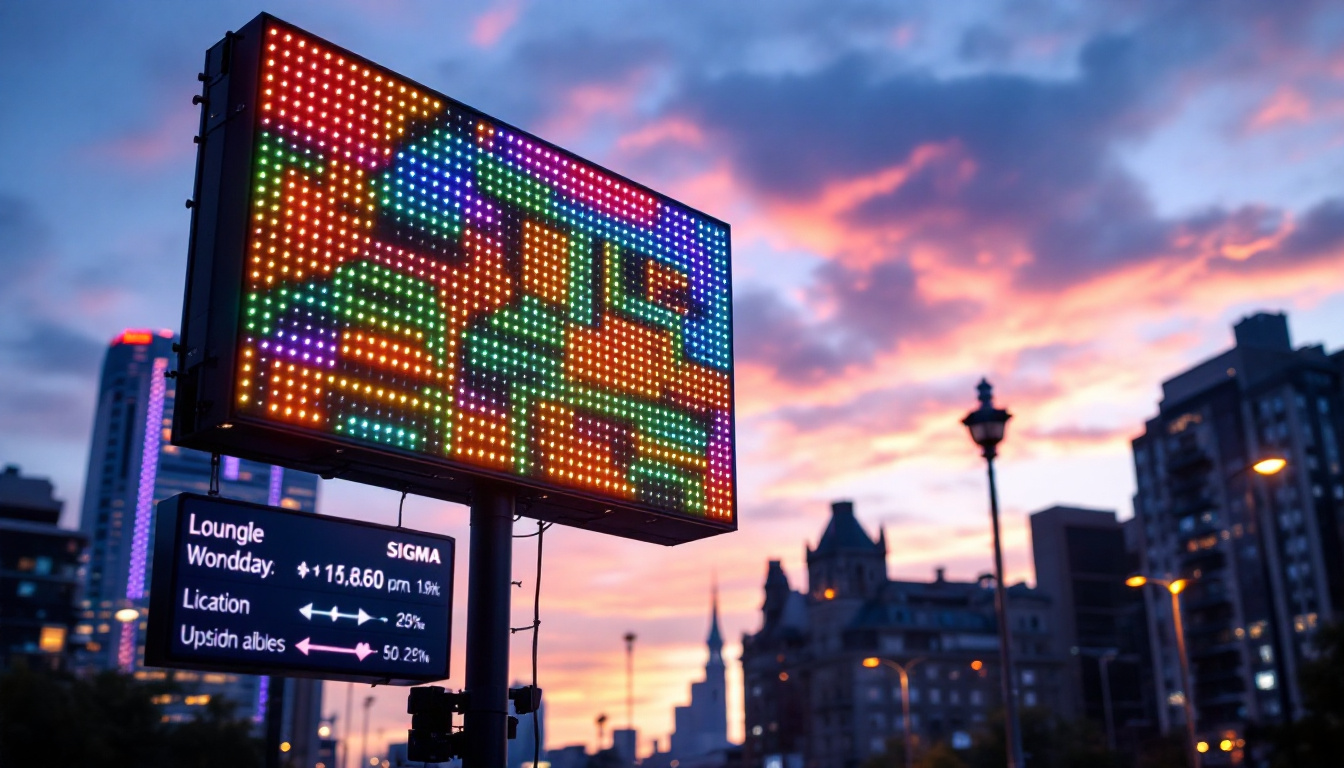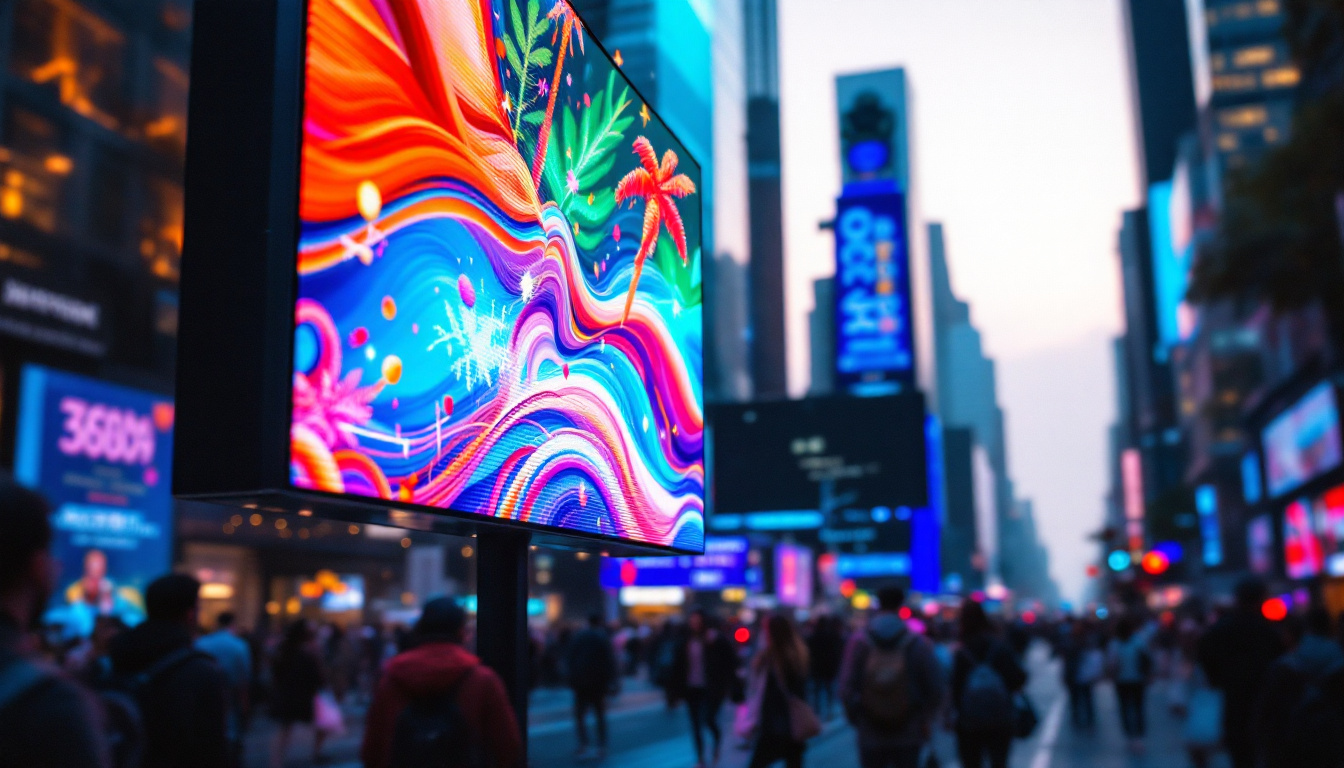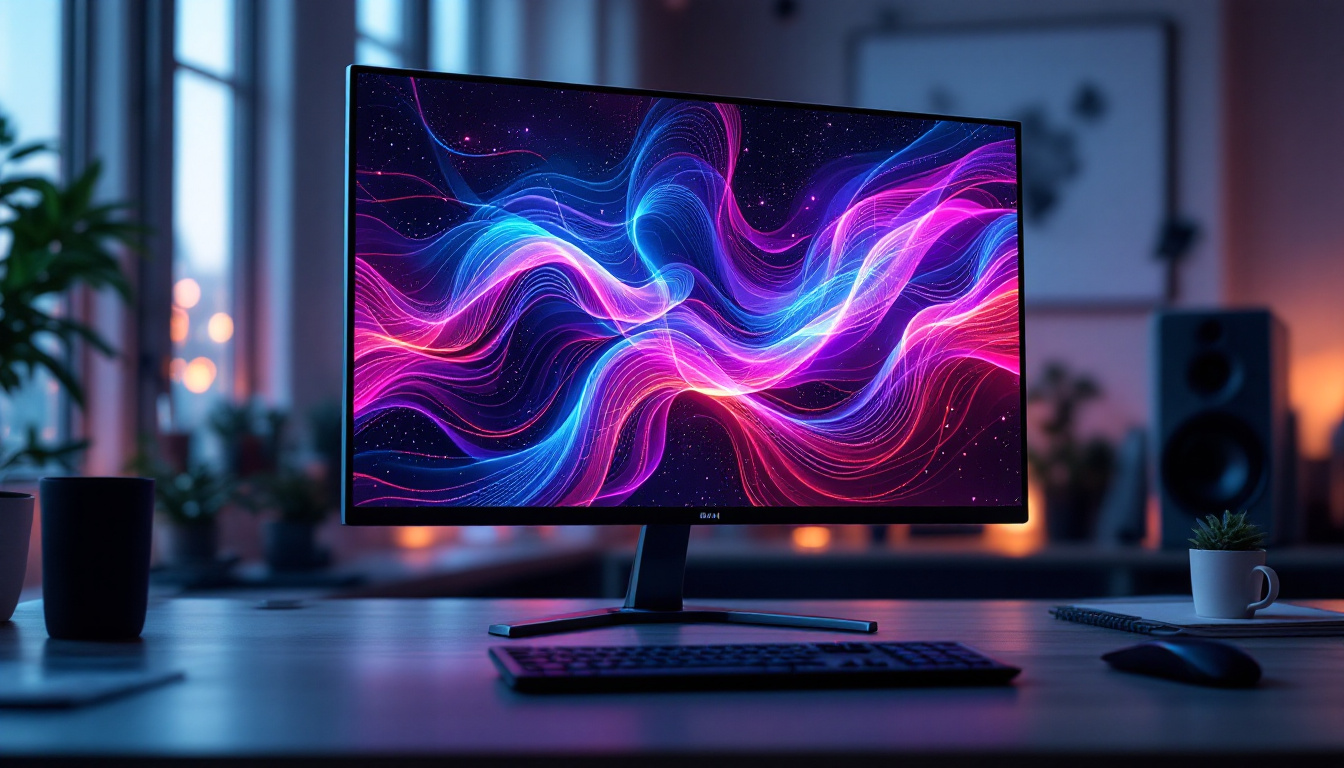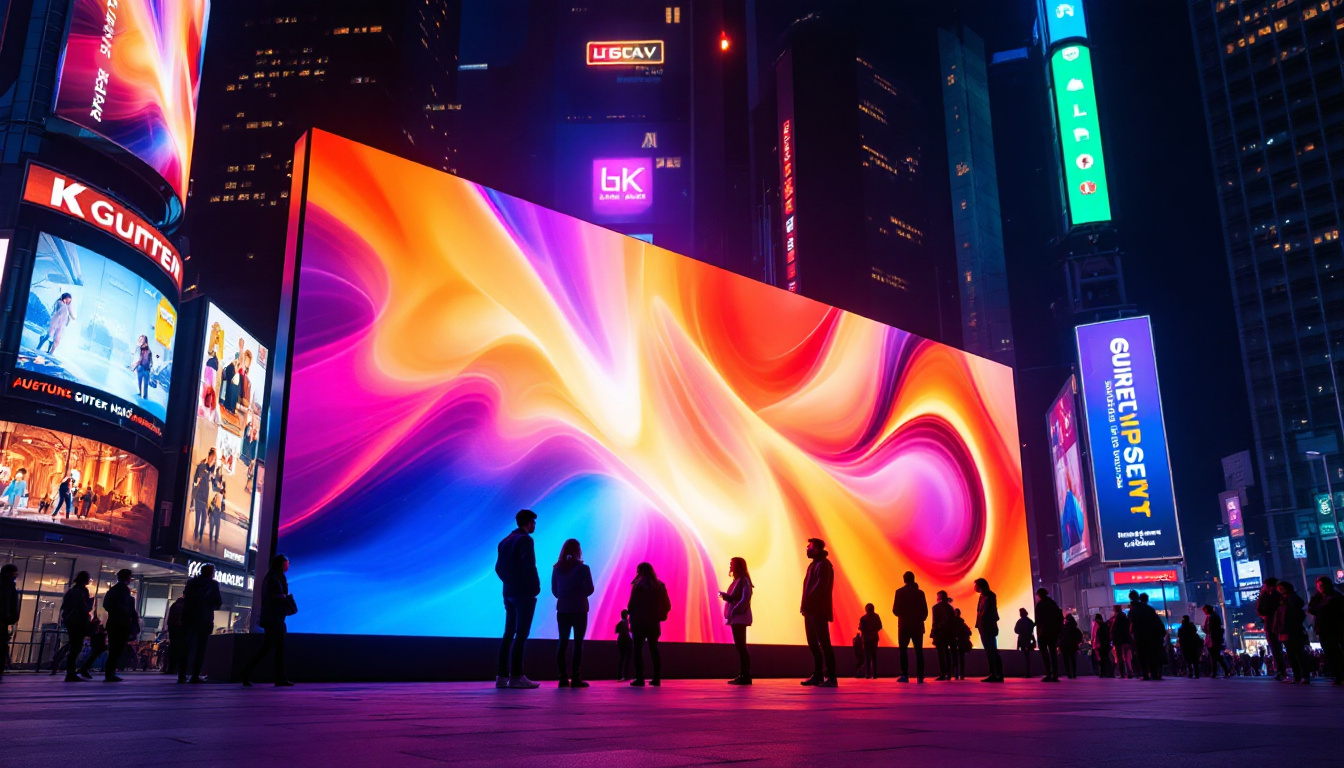Understanding Privacy Filters
In an age where data privacy is of utmost importance, privacy filters for computer monitors have emerged as a crucial tool for safeguarding sensitive information. These filters help to limit the viewing angle of the screen, ensuring that only the person directly in front of the monitor can see the content displayed. This is particularly beneficial in public spaces, offices, or shared environments where prying eyes may be a concern. With the rise of remote work and the increasing use of laptops in cafes and co-working spaces, the need for such protective measures has never been more pronounced.
Privacy filters are designed to block visibility from side angles, making it difficult for anyone who is not directly in front of the screen to read the information. This technology is especially relevant for professionals dealing with confidential data, such as financial analysts, healthcare providers, and legal professionals. Moreover, as data breaches and identity theft become more prevalent, the adoption of privacy filters is seen as a proactive step in protecting not just individual privacy, but also the integrity of entire organizations.
How Privacy Filters Work
Privacy filters operate on a simple yet effective principle. They utilize micro-louver technology, which consists of a series of tiny, vertical blinds that restrict the light emitted from the screen. When viewed from an angle, these blinds prevent the light from reaching the viewer’s eyes, rendering the screen unreadable from the side. This innovative design not only enhances security but also helps in reducing glare, making it easier to work in brightly lit environments.
Most privacy filters are designed to be easily attached and removed from the monitor, allowing users to switch between privacy mode and standard viewing as needed. They come in various sizes and formats to fit different monitor types, including laptops and large desktop displays. Additionally, many modern privacy filters are crafted with advanced materials that enhance screen clarity and touch sensitivity, ensuring that users do not have to compromise on display quality while maintaining their privacy. Some filters even incorporate blue light blocking technology, further promoting eye health during long hours of screen time, making them a versatile addition to any workspace.
The Importance of Data Privacy
Data privacy has become a pressing concern in today’s digital landscape. With increasing incidents of data breaches and identity theft, individuals and organizations are more aware of the need to protect sensitive information. Privacy filters serve as an additional layer of security, complementing other measures such as encryption and secure passwords.
In workplaces where confidential information is frequently accessed, the implementation of privacy filters can significantly reduce the risk of unauthorized viewing. This not only helps in protecting sensitive data but also fosters a culture of trust and responsibility among employees.
Regulatory Compliance
Many industries are subject to strict regulations regarding data protection. For instance, healthcare organizations must comply with HIPAA regulations, which mandate the safeguarding of patient information. Similarly, financial institutions are required to protect customer data under various laws and regulations.
By using privacy filters, organizations can demonstrate their commitment to data security and compliance. This proactive approach can help mitigate potential legal repercussions and enhance the organization’s reputation among clients and stakeholders.
Types of Privacy Filters
Privacy filters come in various types, each designed to cater to specific needs and preferences. Understanding the different options available can help users make informed decisions based on their unique requirements.
Adhesive Privacy Filters
Adhesive privacy filters are designed to stick directly onto the screen of the computer monitor. They provide a secure fit and can be easily removed without leaving any residue. These filters are ideal for users who prefer a permanent solution and do not wish to deal with the hassle of constantly attaching and detaching the filter.
One of the advantages of adhesive filters is their ability to maintain a sleek appearance without adding bulk to the monitor. However, users should ensure that the adhesive is compatible with their screen type to avoid any damage during removal.
Clip-On Privacy Filters
Clip-on privacy filters are designed to be easily attached and removed from the monitor using clips or brackets. This type of filter is particularly useful for users who need to switch between privacy mode and standard viewing frequently. The clip-on design allows for quick installation and removal, making it a convenient option for those who work in various environments.
While clip-on filters offer flexibility, they may not provide the same level of security as adhesive filters, especially if not properly secured. Users should ensure that the clips are tightly fastened to prevent any accidental dislodging.
Screen Protector Privacy Filters
Screen protector privacy filters combine the benefits of privacy and screen protection. These filters not only limit visibility from side angles but also protect the screen from scratches and damage. They are typically made from durable materials that can withstand daily wear and tear.
Screen protector privacy filters are an excellent choice for users who want to maintain the integrity of their monitor while also ensuring privacy. However, it is essential to choose a high-quality product to ensure clarity and touch sensitivity, especially for touchscreen devices.
Benefits of Using Privacy Filters
The advantages of using privacy filters extend beyond mere privacy. They offer a range of benefits that can enhance the overall user experience and contribute to a more secure working environment.
Enhanced Focus and Productivity
By limiting distractions from side views, privacy filters can help users maintain their focus on the task at hand. In busy office environments, where multiple screens are often in use, privacy filters can create a more conducive workspace by minimizing visual interruptions.
Moreover, when employees feel secure about the confidentiality of their work, they are likely to be more productive. This sense of security fosters a positive work environment, encouraging collaboration and innovation.
Reduced Eye Strain
Many modern privacy filters are designed with anti-glare technology, which can help reduce eye strain caused by prolonged screen time. This feature is particularly beneficial for individuals who spend long hours in front of their monitors, as it minimizes reflections and enhances visual comfort.
By reducing glare, privacy filters not only protect sensitive information but also contribute to the overall well-being of users, promoting healthier working habits.
Choosing the Right Privacy Filter
With a plethora of options available in the market, selecting the right privacy filter can be a daunting task. Several factors should be considered to ensure the chosen filter meets the user’s specific needs and preferences.
Screen Size and Compatibility
The first step in choosing a privacy filter is to determine the correct screen size and compatibility with the monitor. Filters come in various sizes, so it is crucial to measure the monitor accurately before making a purchase. Additionally, users should check if the filter is compatible with their monitor type, whether it is a laptop, desktop, or touchscreen device.
Level of Privacy Needed
Different privacy filters offer varying levels of privacy protection. Users should assess their specific needs to determine the appropriate level of privacy required. For instance, individuals working in high-security environments may require filters that provide maximum privacy, while others may opt for filters that offer moderate protection.
Material and Durability
The material used in the construction of the privacy filter is another important consideration. High-quality filters are typically made from durable materials that can withstand daily usage without compromising clarity. Users should look for filters that offer a balance between privacy and visual quality to ensure a satisfactory experience.
Installation and Maintenance
Installing a privacy filter is generally a straightforward process, but it can vary depending on the type of filter chosen. Proper installation is crucial to ensure optimal performance and longevity of the filter.
Installation Process
For adhesive filters, users should clean the monitor surface thoroughly before applying the filter. This ensures a secure bond and prevents dust or debris from getting trapped underneath. Following the manufacturer’s instructions for alignment and application is essential to achieve the best results.
Clip-on filters usually come with a set of clips or brackets that need to be attached to the monitor. Users should ensure that the clips are securely fastened to prevent any accidental dislodging during use.
Cleaning and Maintenance
Maintaining the privacy filter is essential for ensuring its longevity and effectiveness. Users should clean the filter regularly using a soft, lint-free cloth to avoid scratches. It is advisable to use a gentle cleaning solution specifically designed for screens to prevent any damage to the filter’s surface.
Additionally, users should periodically check the filter for any signs of wear or damage. If the filter becomes scratched or damaged, it may be time to consider a replacement to maintain optimal privacy protection.
Conclusion
In a world where data privacy is increasingly threatened, the use of privacy filters for computer monitors has become a vital component of safeguarding sensitive information. These filters not only provide a practical solution for limiting visibility but also contribute to a more secure and focused working environment.
By understanding the different types of privacy filters available, their benefits, and how to choose the right one, users can make informed decisions that enhance their productivity and protect their privacy. As technology continues to evolve, investing in privacy filters is a proactive step towards ensuring data security in both personal and professional settings.
Discover LumenMatrix’s Advanced LED Display Solutions
As you consider the importance of data privacy and the role of privacy filters in your professional environment, remember that visual clarity and display quality are equally crucial. LumenMatrix, a pioneer in LED display technology, offers an array of innovative solutions designed to elevate your workspace and public areas. From Indoor and Outdoor LED Wall Displays to Custom and Transparent LED Displays, our products are crafted to provide exceptional visual experiences while enhancing your brand’s presence. Embrace the future of visual communication and check out LumenMatrix LED Display Solutions today, where functionality meets cutting-edge design.

